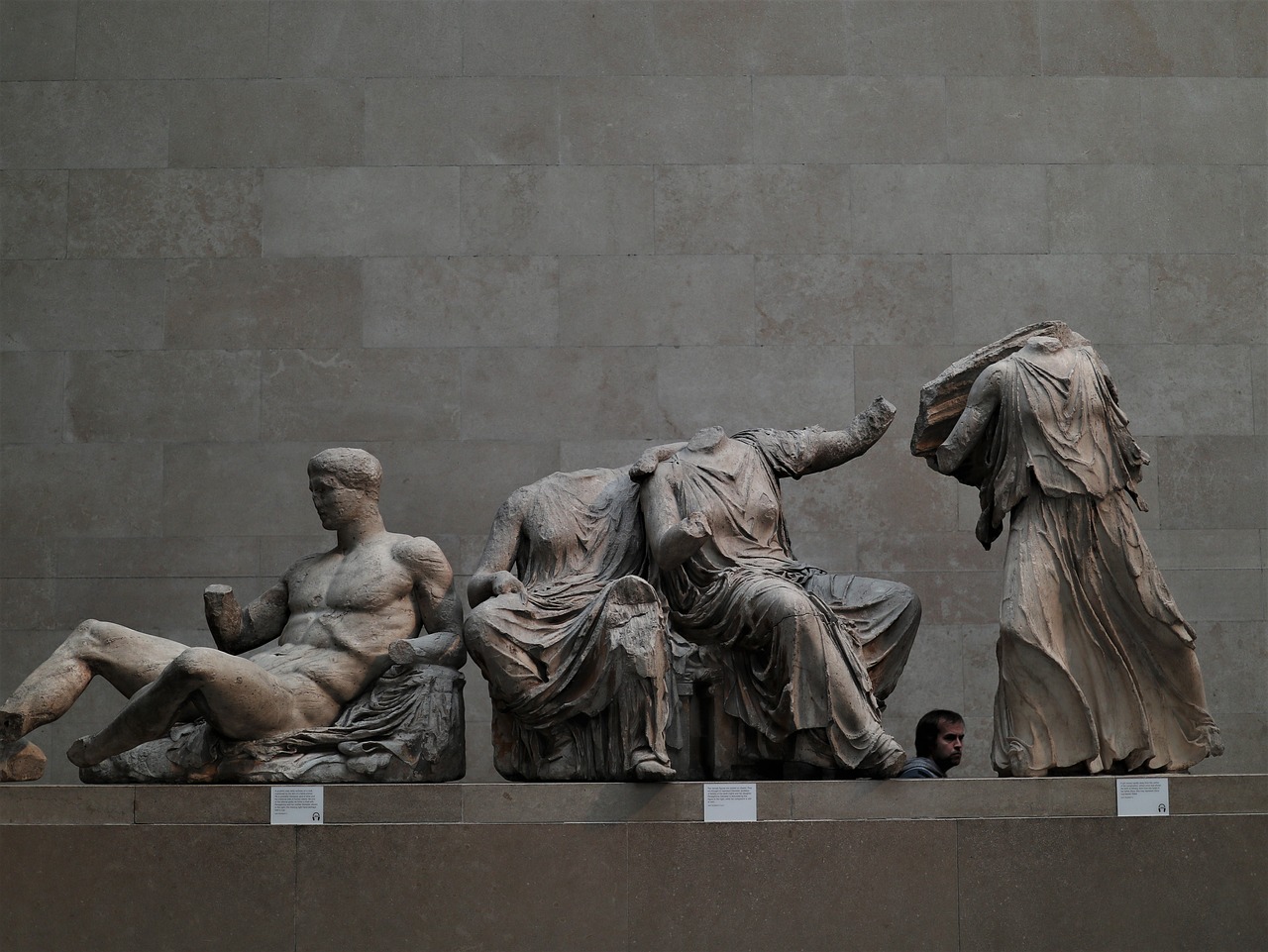The pomegranate, a fruit revered for its simplicity and beauty, has woven itself through the fabric of history, emerging as a significant symbol across various cultures and religions. While its representation is notably evident in Ancient Greek art, this discussion will spotlight the intricate relationship between mythology and artistic expression in that era—particularly focusing on the legendary tale of Persephone and her connection to the pomegranate.
The Ties of Persephone and the Pomegranate
In Ancient Greek mythology, the pomegranate is deeply enmeshed within the narrative of Persephone, the queen of the underworld and the wife of Hades, the god of the dead. Persephone, daughter of Demeter, embodies duality—often referred to as Kore, reflecting her identity as the goddess of spring’s bounty. Her allure captivated not only Hades but other male gods as well, prompting Demeter’s fierce protectiveness over her daughter, dedicated to shielding her from potential malevolence.
However, Demeter’s vigilance was ultimately in vain. While walking in the Vale of Nysa, picking flowers, Persephone fell victim to Hades’ abduction. Overwhelmed by longing, Hades sought to make her his queen and took her to the underworld. In despair, Demeter scoured the earth, aided by Hekate, bearing torches in search of her lost daughter. When she discovered that Zeus played a role in the abduction, her wrath grew, leading her to deny the earth its fertility until Persephone was returned to her.
Zeus, acknowledging Demeter’s grief, brokered a deal to restore balance. However, since Persephone had consumed the forbidden food of the underworld—specifically, the delicious pomegranate seeds—she was bound to spend part of each year with Hades. This bittersweet arrangement symbolizes the cycle of seasons: Persephone’s springtime return brings blossoming life and growth, while her descent into the underworld each winter heralds decay and dormancy, as Demeter mourns her departure.
Art Inspired by Mythology
Ancient Greek art is rich with representations that celebrate the connection between mythology and the human experience. This intertwining is especially true in the portrayal of Persephone, where various artistic forms manifest the depth of her myth. While some artworks may not center on the pomegranate, others showcase its vital connection to Persephone’s story and her role as Kore.
Artifacts like the terracotta pomegranate from the 5th to 4th century BCE, housed in the Metropolitan Museum of Art, and a funerary statue depicting the Berlin Goddess from 580-560 BCE illustrate the cultural significance of the fruit. Additionally, statues such as the Kore with the pomegranate, dated 580-570 BCE, found in the Acropolis Museum, Athens, also reflect the esteem held for this particular fruit in relation to the goddess.
The artistic legacy left by the Ancient Greeks demonstrates their attempts to visually interpret and communicate profound human experiences through mythology, with the pomegranate as a powerful symbol of life, death, and rebirth.



